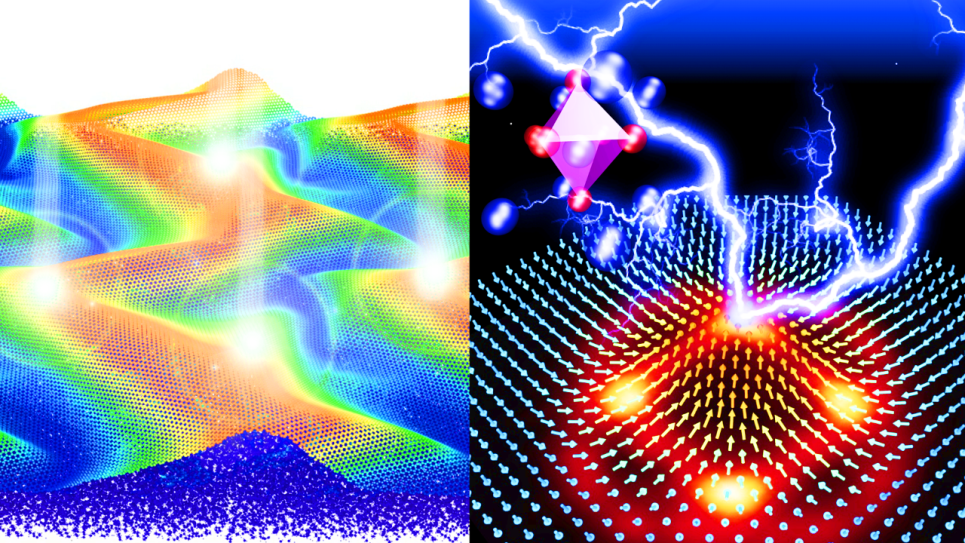Researchers will use DOE supercomputers to generate a database of quantum-mechanical data for ground and excited electronic states of gas-phase chemical intermediates. Data will subsequently be used to train a deep neural network reactive force field capable of accurately describing chemical reaction dynamics.
Efficient combustion of low-carbon fuels has been identified by DOE as one of the areas where predictive simulations can have a large impact. These simulations require knowledge of high-accuracy chemical kinetic reaction mechanisms that capture the complex chemistry of pyrolysis, hydrocarbon growth, and oxidation dynamics. Traditional methods to study these mechanisms rely on empirical knowledge of elementary reaction types, rate measurements for some of these reactions, and educated guesswork for the rates of other reactions. Recent studies also include a small number of reaction rates calculated theoretically. Yet, with this approach, new kinetic reaction mechanisms can take many years to develop. Things get even more complicated on the simulation side when chemical reactions involve low-lying excited electronic states photo-activated by light, for which reliable force fields are hardly available. The ability to provide fast and accurate quantitative description of a broad class of such photocatalytic gas-phase reactions would have an immediate impact on the research geared towards photo-activated CO2 reduction, water splitting, the oxidation of volatile organic compounds, the degradation of NOx, and the synthesis of ammonia.
As a solution to the lack of accurate force fields that could be utilized in the aforementioned atomistic simulations, machine learning (ML) presents a powerful approach for constructing various forms of transferable atomistic potentials. The ALCC project team has shown that their neural network models can be trained to accurately relate molecular structures to their energies computed at high levels of theory and can successfully predict energies and forces with quantum-mechanical accuracy and a speedup of as much as 6-7 orders of magnitude. With this ALCC project, the researchers will use the allocations on Theta and Summit to generate the necessary database of quantum-mechanical data for ground and excited electronic states of gas-phase chemical intermediates. Data will subsequently be used to train the deep neural network reactive force field capable of accurately describing chemical reaction dynamics. The team will use coupled-cluster theory approximations to compute the ground and excited state electronic energies, based on the DLPNO-CCSD(T) method to be run on Theta and the CPS(D-3) method to be run on Summit (with NVIDIA GPUs). The produced neural network reactive force fields will be incorporated in the molecular-dynamics code. Finally, the researchers will leverage existing collaborations with experimental researchers to enable large-scale reactive atomistic simulations of chemical processes on Summit and Theta.
The overall goal of this project is to train and deploy an interpretable neural network force field capable of predicting reaction energetics and rates for chemical reactions with high accuracy, but with a very low computational cost, with proof-of-principle applications in simulations of combustion processes and gas-phase photo-dynamics. This will be accomplished by training a deep neural network model on a set of atomic configurations representing typical reaction pathways and transition states between chemical reaction intermediates. The resulting quantum-mechanically informed force field potential for ground and excited electronic states implemented in a neural network code will be integrated as a module in Python-based Atomic Simulation Environment, LAMMPS, AMBER, and OpenMM software packages, and delivered to a broader community via GitHub.
